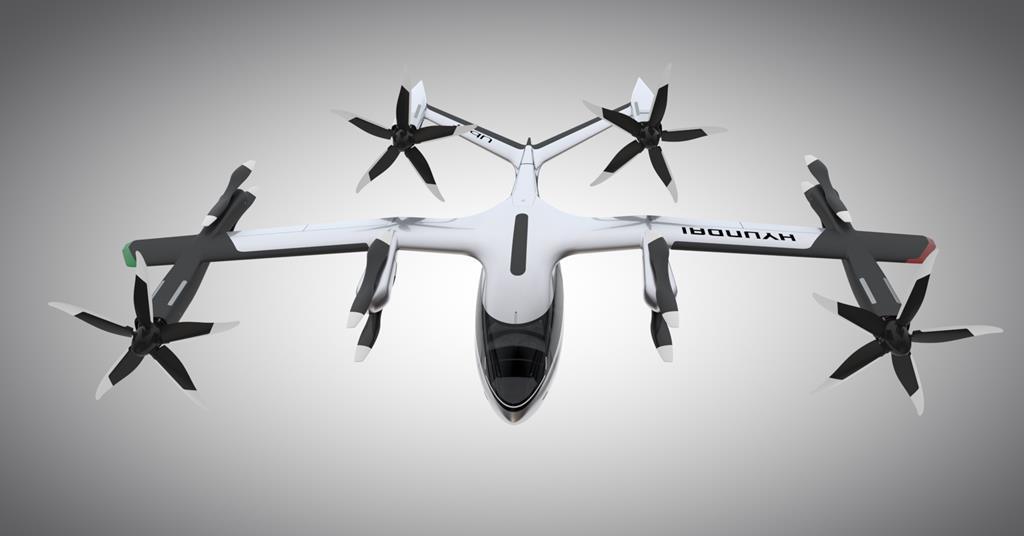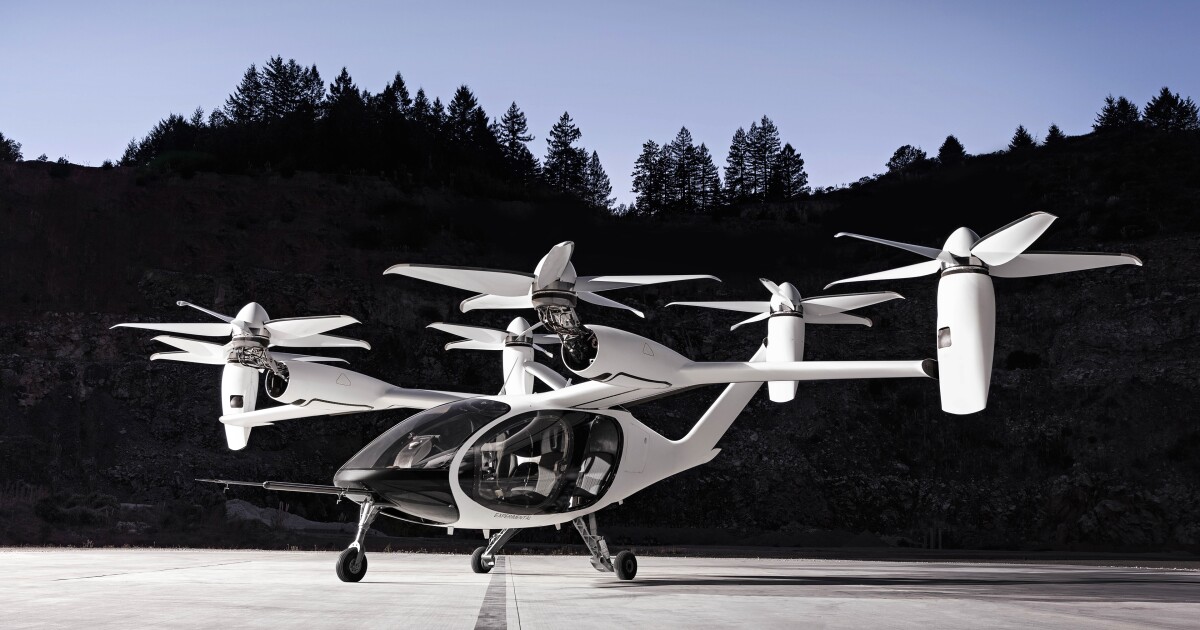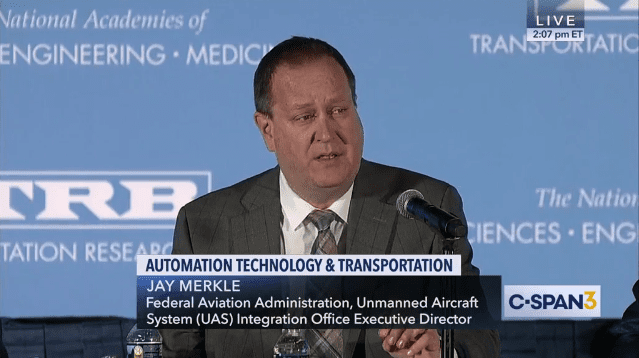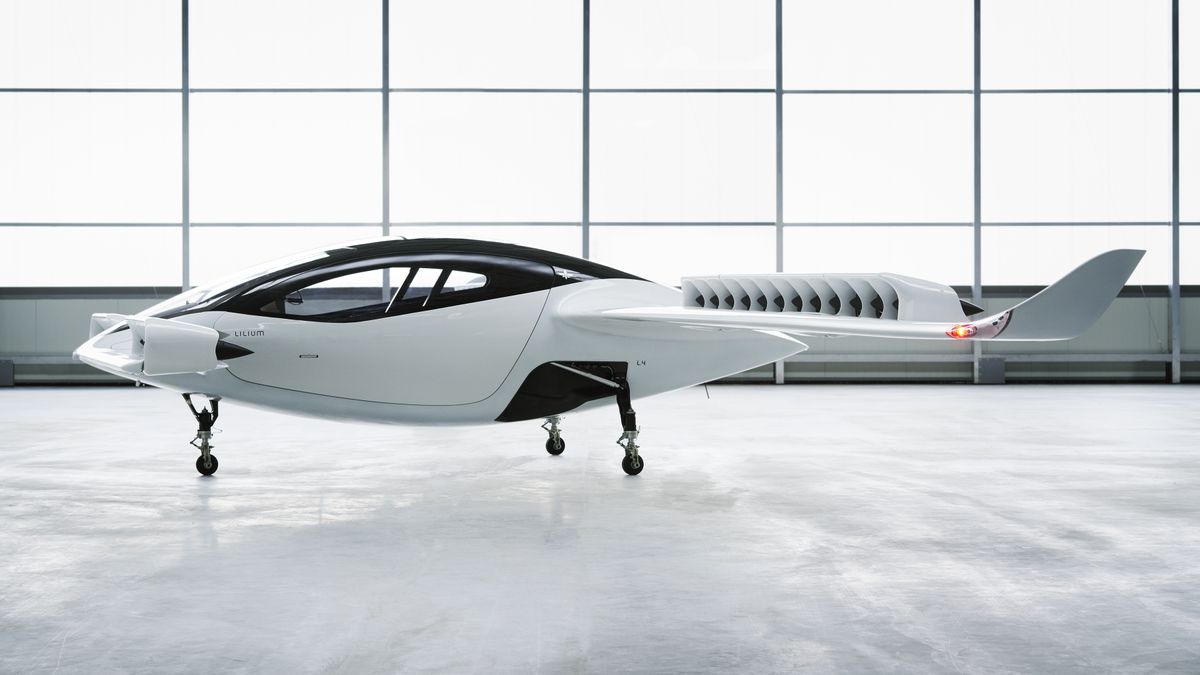
Hyundai signs agreement to build Uber’s eVTOL aircraft
Korean car manufacturer Hyundai signed an agreement with Uber to manufacture eVTOL aircraft.

“[Customers] wanted range, so we felt, let’s start at range and we can work our way back in,” Bell CEO Mitch Snyder told journalists during a December press visit to the company's headquarters. “And from the discussions, we felt there were really becoming two distinct requirements, one for inner-city movement and one for more range.”
With demand growing for inner-city aerial transit, Bell is pivoting toward that mission with the Nexus 4EX. Designed to maximize efficiency in forward flight, which is crucial now that the aircraft is fully electric, the 4EX has two fewer rotors and a longer back wing to provide more lift.
Bell is targeting a 60-mile range for 4-5 passengers and luggage, including reserves and multiple takeoffs and landings. Innovation lead Scott Drennan expects that by the time the Nexus 4EX is operation in the “mid-to-late 2020s,” energy storage density will have improved roughly 10-15 percent, allowing the design to hit these targets.
Bell X-22A revisited 54 years later... Unfortunately the drawbacks inherent to ducted propellers cannot be solved by distributed electric propulsion.
What kind of drawbacks? I'd think they'd be safer than tilt-rotors.Bell X-22A revisited 54 years later... Unfortunately the drawbacks inherent to ducted propellers cannot be solved by distributed electric propulsion.
Well the enclosed rotors are much better for operating in urban areas I would assume. I don't know that they are significantly quieter than a TR, but would imagine the impulse is less since the blade tips are enclosed. I recall reading/hearing that the X-22A made a loud buzzing noise, but cannot confirm that. Biggest drawback that comes to mind is a similar (possibly more intense?) downwash/outwash.
The drag of ducted props / fans is enormous. They're one of the technologies that we all hear about that promise so much ....until you speak to anyone that's ever been involved in their use
Hmm, or something like that ...The drag of ducted props / fans is enormous. They're one of the technologies that we all hear about that promise so much ....until you speak to anyone that's ever been involved in their use
But they look so cool.Maybe X-19 instead of X-22?
View attachment 624543
NopeThis sounds more like lift from the ducts than drag.
Some pics of it attached...
Hyundai signs agreement to build Uber’s eVTOL aircraft
Korean car manufacturer Hyundai signed an agreement with Uber to manufacture eVTOL aircraft.www.flightglobal.com
NopeThis sounds more like lift from the ducts than drag.
Maybe just my own biases, but I'm more bearish on stop-rotor designs over the long term than I am tilt-rotors....said proposal of EmbraerX. It does not feature tilt-rotors at least.
I don't have preferences. However, my concern is that tilt-rotors add another layer of complexity, due to the tilt mechanism, the variable pitch mechanism and the necessity to control both.Maybe just my own biases, but I'm more bearish on stop-rotor designs over the long term than I am tilt-rotors....said proposal of EmbraerX. It does not feature tilt-rotors at least.


Toyota invests in Joby Aviation:

Joby Aviation and Toyota team up to make eVTOL air taxis a reality
Joby Aviation has been beavering away hammering out the designs and flight dynamics of its awesome-looking tilt-rotor eVTOL for more than 10 years. Now, Joby's got over half a billion dollars in the bank thanks to an investment round led by Toyota.newatlas.com

 www.aviationtoday.com
www.aviationtoday.com
Anyhow, it's weird that FAA and EASA disagree on the need of a new certification. It doesn't augur well for a fully transparent competitive market.

